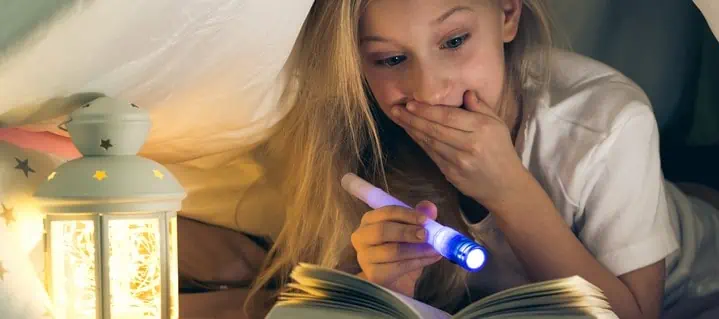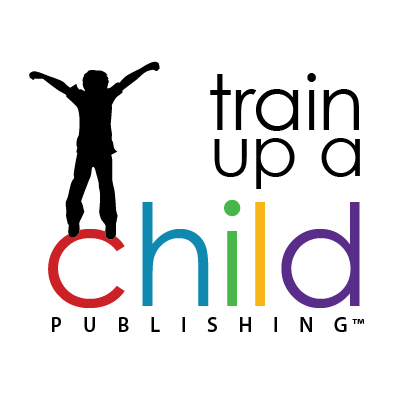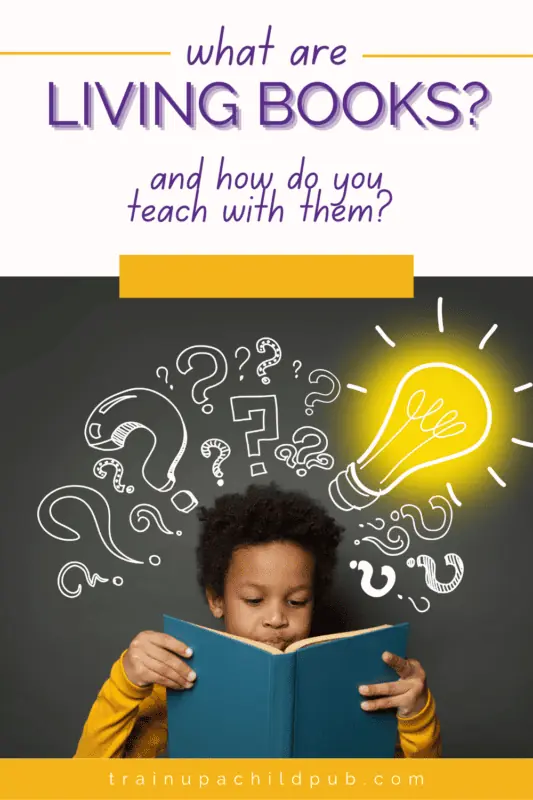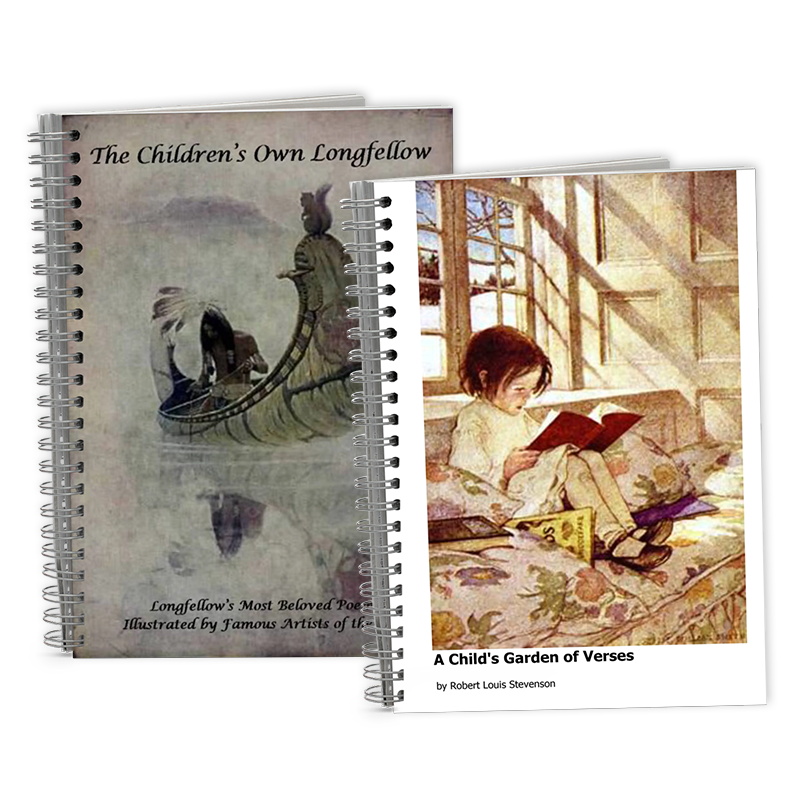What are “Charlotte Mason” Living Books?

What are “Charlotte Mason” Living Books and how do you teach with them?
Are you wondering what all the buzz is about Charlotte Mason’s living books? If you’ve heard the term and not quite understood what it meant, keep reading for a full explanation of what “Charlotte Mason” living books are and how you teach with them.
We, believing that the normal child has powers of mind which fit him to deal with all knowledge proper to him, give him a full and generous curriculum, taking care only that all knowledge offered to him is vital, that is, that facts are not presented without their informing ideas. Out of this conception comes our principle that….’ Education is the Science of Relations’; that is, a child has natural relations with a vast number of things and thoughts: so we train him upon physical exercises, nature lore, handicrafts, science and art, and upon many living books… –Charlotte Mason (Emphasis mine)
One of Charlotte Mason’s most popular precepts is that children shouldn’t be reading what she called Twaddle. “Twaddle” included second-rate, predictable stories, dry compilations of others’ ideas, and incomplete textbook summaries.
Just as it is our job as parents to feed our children’s bodies, it is our responsibility to nourish their minds with living ideas found in what Charlotte Mason termed living books.
Why should we teach with Living Books?
Charlotte Mason described living books as bursting with vital, vivid ideas written by authors who are passionate and knowledgeable about their subjects. These books can be nonfiction and fiction, and the fiction often includes noble and even heroic characters.
Using both nonfiction and fiction in your homeschooling is best. After all, what young reader’s attention is not captured by a fascinating story?
Along with a large segment of homeschooling parents today, Charlotte Mason and many of her devotees believed that living books should have a preeminent place in children’s education. Charlotte observed with her students that children naturally loved literature and absorbed living ideas from well-written books.
Interestingly, she also thought that our place as teachers should be ‘second place’ to children experiencing a book themselves.
What does it mean for a child to “experience a book”?
This is what Ms. Mason meant: First, she felt that children should develop a relationship (or “interact”) with the book by reading it before hearing a lot of “teaching” beforehand. Then, they are to narrate, or tell back, what they observed, learned, or thought about the item of study. (More about how to do narration here.)
Only then may we discuss our thoughts with them on the subject. In other words, giving your kids time to reflect on a book before we add our two cents is certainly contrary to many classrooms, wherein students are expected to listen all day to “pre-digested” information in the form of teacher’s lectures.
And not only does this apply to books. But we should take a back seat when children study nature, artwork, and music. So whether it is a book, tree leaf, painting, or sonata, we should give children a chance to experience it first, with little “teaching” beforehand.
You might be shaking your head if you attended the public school system. If so, this might be a totally different way of learning than you had as a child.
But from experience, let me tell you that learning like this will help you bring your kids’ homeschool education to life!
Using Charlotte Mason Living Books to teach History
Did Ms. Mason believe living books were useful just for literature studies? No, absolutely not! Charlotte Mason thought living books were appropriate for most children’s subjects and that teachers should include them in many subject areas, including history and science.
Fortunately, many wonderful children’s books are included in the historical literature genre. Believe me, an exciting story based on accurate historical and cultural details will engage your child’s imagination like no history lecture ever could!
Living history books will help your children learn and be able to recall much later many details about a culture or historical period. Our family often discusses favorite books that we read together as many as ten years ago! Now that is retention. Some of our favorites are:
This is exciting, fast-paced, and teaches lessons about being responsible for oneself. It’s suitable for a 6th grader. That said, the main character is an orphan who lives with his cruel older brother. If you have a sensitive child or are fostering one, please read it yourself to judge its appropriateness.
Johnnie Tremain – Newbury Award Winner
Set before and at the beginning of the American Revolution, this is a book I’d recommend as a read-aloud. It also teaches excellent character lessons and gives your kids a picture of the personalities and events leading up to the war.
Rifles for Watie – Newbury Award Winner
This is another exciting book about an American war. This time, the Civil War. I especially like that this book was painstakingly researched and utilized primary sources. And because this is often neglected in history books, I love that this book shows this war from both sides. Note because this is historically accurate, there is an instance of the N-word referring to someone of color. Discuss this with your children!
Using Living Books to Teach Science
Yes, there are living books in science, too! And many of them do double duty in history and science. In fact, another characteristic of living books is that they often are suitable for more than one subject and a wider age group than just one grade level!
The Librarian Who Measured the Earth –
Often considered a science book, this book may also be used for history, math, and geography! It contains fascinating details in all of these areas and describes a higher-level scientific/mathematical concept in language that an elementary school student can understand.
The Magic and Mystery of Trees –
This fascinating, beautiful book is bursting with information about trees, like how they communicate with each other, help each other, and defend themselves against predators.
It’s so jam-packed with information that it’s the perfect spine for a study on trees. You can use this book in your homeschool studies of:
- botany
- geography
- nature study
- habitats
- conservation/ecology/deforestation
- study of the seasons
- natural science
- Arbor Day/Earth Day
I consider it a must-have, and I bet you will, too.
Using Living Books to Teach Fine Arts
There are tons of ways to add living books to your fine arts! Add biographies of musicians, artists, books about the history of instruments, how they are created, or how different cultures express themselves in fine arts. Charlotte would probably have you expose your children to literature, art, or music before reading the book. Here are a few of our favorites:
The Philharmonic Gets Dressed –
I’ve never read this to a kid who didn’t think it was hilarious. It’s definitely a “behind the scenes” book that is the perfect read for the elementary set along with your music or composer study. This is a Reading Rainbow selection that your kids will enjoy.
From the Getting to Know the Worlds’ Famous Artists series –
Learn about the great artists and their works by picking up some books in this series! Each one is 40 pages and includes full-color illustrations of each artist’s work. These are a little older, so if you don’t want to buy them online, look for them in your public library system.
Building Big – by David Macaulay
Part architecture and part science with some history thrown in. If you have a middle elementary child interested in buildings, tunnels, domes, skyscrapers, and more, this is a must-have! The clear illustrations are so good that even if your child isn’t ready to read it yet, this is worth the purchase.
You can look at other books by the renowned David Macaulay here. Another favorite is The Way Things Work. (This one concerns machinery and tools.)
Using Living Books that to Teach Geography
Read stories that take place in the African jungle, the rainforests of South America, and the bleak tundra of the Antarctic. And everywhere in between!
Books about explorers and missionaries are a fabulous way to include living books in your geography studies. (You can use written and oral narrations, maps, globes, and other activities to fill out and solidify knowledge.)
Reading about missionaries and about explorers is another way to include living books in your geography studies. As well, these books are often bursting with character lessons!
This is one of the most inspiring missionary books I’ve ever read. It’s about a young newlywed who traveled with her veteran missionary husband to the jungles of New Guinea (in Africa) to spread the gospel to people who had never seen a white woman before.
Unfortunately, when WWII reached their New Guinean jungle, Japanese soldiers captured Darlene and her husband and sent to two different (“notorious”) Japanese prison camps. Though treated badly, she never lost her faith. And in fact, God dramatically saved her from certain execution! Best for high school and above.
Shipwreck at the Bottom of the World: the Extraordinary True Story of the Shackleton Expedition –
This nail-biting story is one of the best illustrations of leadership I’ve ever read. The odds were entirely against Shackleton and his crew ever making it home alive, but they did against all odds. If you read it with your children, take the time to discuss how Captain Shackleton cared for his men. Middle elementary on up.
Hudson Taylor’s Spiritual Secret –
From the back cover:
It is possible to live a life that is totally dependent on Christ for everything. The many miraculous answers to prayer that missionary Hudson Taylor experienced are exciting testimonies of God’s gracious provision. His life illustrates:
––What is needed to endure trials
––How faith is strengthened
––How to rely on the promises of God
––The rewards of sacrifice and perseverance
––How to discern God’s purpose for your life
For high school on up – so good!
Try teaching with living books today!
It’s time to eliminate the dumbed-down, poorly-written book series and dry textbooks from your children’s home education! Instead, bring your kids’ homeschool education to life by giving your children the gift of enjoying learning with living books!
Happy Reading!



We love books! I am finding this year some great living books for science. Thank you for your recommendations.
You’re very welcome, Leah! Obviously, we love books, too. There is nothing more effective than homeschooling with real books! If you would like many other suggestions for living books, please visit again soon.
Dana